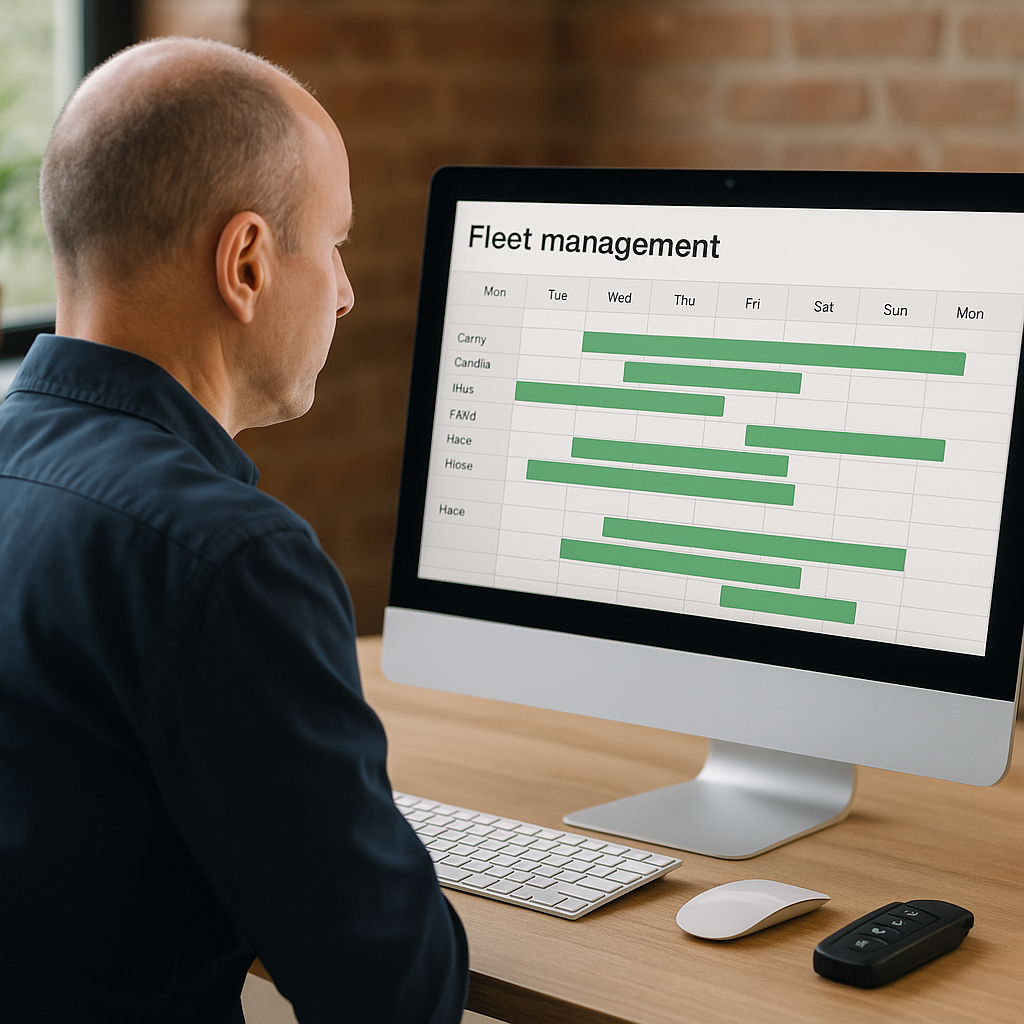How I Learned to Balance Fleet Parking Costs in the City
When I first started managing a fleet in Brisbane’s inner city, I thought the biggest challenge would be bookings. But I quickly realised something else was eating into my margins—parking costs. Paying for bays when cars were just sitting there felt like money slipping through my fingers.
Over time, I learned that managing fleet parking isn’t just about finding the cheapest space—it’s about understanding when cars are working for you and when they’re not.
Spotting Idle Time Early
One of the most valuable lessons I learned was to watch for signs a car was about to go idle. If bookings weren’t coming through for a few days, that was my cue to act—maybe reposition the car closer to a transport hub or adjust pricing slightly. Anticipating idle time before it happens can make a huge difference.
Choosing the Right Storage
Not every car needs a permanent CBD bay. Sometimes it makes more sense to use a flexible arrangement or store cars just outside the city where costs are lower. Matching the parking solution to the demand for that specific vehicle helped me avoid overspending.
Relationships Matter
Another game-changer was building relationships—with parking providers, local operators, even nearby businesses. Having those connections gave me more options and sometimes even better rates. In this business, flexibility is as valuable as price.
The Big Picture
In the end, the goal is simple: keep cars on the road and costs manageable. Parking will always be an expense, but if you anticipate idle time, make smart storage choices, and maintain strong local relationships, it becomes a controlled cost rather than a profit drain.
That’s been my experience—and it’s what helps me keep the fleet running smoothly in the heart of the city.



